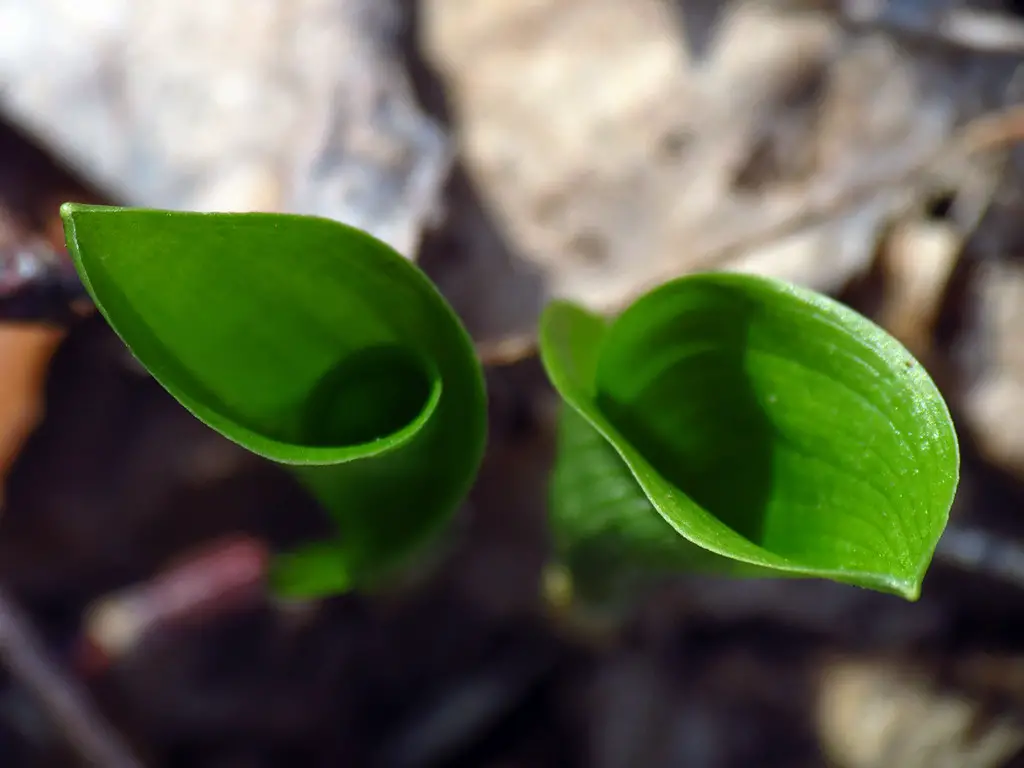Ogre Ears, an unusual yet captivating plant, draws attention with its thick, fleshy leaves that resemble the ears of the mythical creature it’s named after. It is more formally known as Crassula ovata ‘Gollum,’ a cultivar of the popular Jade Plant. These fascinating succulents are part of the Crassulaceae family and are native to South Africa.
Known for their low maintenance requirements and unique appearance, Ogre Ears are a favorite among succulent enthusiasts and interior designers. Their leaves, which appear as if they are pinched at the tip, add an architectural flair to any collection. Moreover, the plant is considered a symbol of good luck and prosperity in many cultures.
Despite its exotic appearance, Ogre Ears is not a fussy plant. It adapts well to indoor conditions and is tolerant of neglect, making it suitable for beginners and experienced gardeners alike. This charismatic plant’s ease of care and distinct aesthetic appeal make it a prized addition to homes and gardens.
| Attribute | Details |
|---|---|
| Common Names | Ogre Ears, Gollum Jade, ET’s Fingers |
| Botanical Name | Crassula ovata ‘Gollum’ |
| Family | Crassulaceae |
| Plant Type | Succulent |
| Mature Size | 2-3 feet tall |
| Sun Exposure | Full sun to partial shade |
| Soil Type | Well-drained, sandy soil |
| Hardiness Zones | 10-11 |
| Native Area | South Africa |
Ogre Ears Care
Caring for Ogre Ears is a relatively simple task, making it an attractive option for those new to gardening. These succulents need a well-draining soil mix and should be placed in a bright spot with indirect sunlight. Over-watering should be avoided, as it can lead to root rot.
Fertilization can be done sparingly, using a balanced, water-soluble fertilizer during the growing season. Pruning is minimal and usually only necessary to shape the plant or remove dead leaves. With proper care, Ogre Ears will thrive and may even produce small, star-shaped flowers in the winter.
Light Requirement for Ogre Ears
Ogre Ears prefers bright, indirect sunlight. While it can tolerate full sun, especially in cooler climates, too much direct sunlight may cause leaf scorching. If kept indoors, a south-facing window with filtered light is ideal.
Soil Requirements for Ogre Ears
Well-draining soil is essential for Ogre Ears. A commercial cactus or succulent mix works well, or you can create your own blend using sand, perlite, and potting soil. Heavy or water-retentive soils should be avoided to prevent root rot.
Water Requirements for Ogre Ears
Ogre Ears requires minimal watering, especially during its dormant winter period. In the growing season, water thoroughly when the soil is dry to the touch, but always allow excess water to drain away. Over-watering can be detrimental to this plant.
Temperature and Humidity
Ogre Ears prefers a temperature range of 60-75°F and can tolerate humidity levels typical of most homes. In winter, it is best to keep the plant in a cooler room, away from radiators or heat sources.
Fertilizer
Fertilize Ogre Ears sparingly with a balanced, water-soluble fertilizer. Apply it every four to six weeks during the growing season, avoiding the winter months when the plant is dormant.
Pruning Ogre Ears
Pruning is generally not necessary for Ogre Ears. If desired, you can trim back any leggy growth or remove dead leaves to keep the plant looking neat.
Propagating Ogre Ears
Propagation of Ogre Ears is easily done through stem or leaf cuttings. Allow the cutting to dry for a day or two, then plant in well-draining soil. Water sparingly until the new plant is established.
How To Grow Ogre Ears From Seed
Growing Ogre Ears from seed is a slow and challenging process. If attempting this, sow seeds in well-draining soil and keep in a warm, bright location. Patience is key, as germination can be erratic.
Common Pests & Plant Diseases
Mealybugs
Small, white insects that can be treated with insecticidal soap.
Root Rot
A result of over-watering, best prevented by using well-draining soil and monitoring water intake.
Common Problems With Ogre Ears
Leggy Growth
Caused by insufficient light. Move the plant to a brighter location.
Leaf Drop
Often a result of over-watering or sudden temperature changes. Adjust care practices accordingly.
Pro Tips
- Use well-draining soil to prevent root rot.
- Avoid over-watering, especially in winter.
- Place in bright, indirect sunlight to promote healthy growth.
- Propagate through cuttings for a quick and easy way to multiply your plant.
- Monitor for pests like mealybugs and treat promptly if needed.



